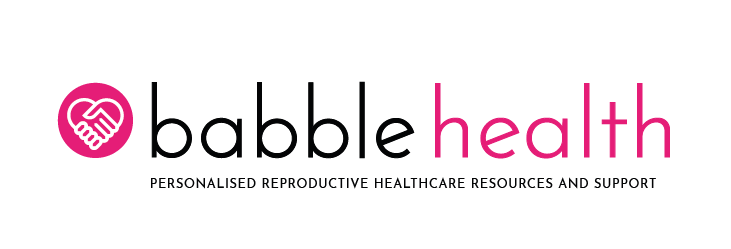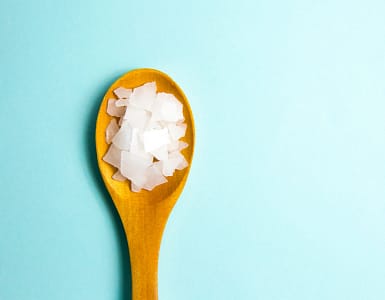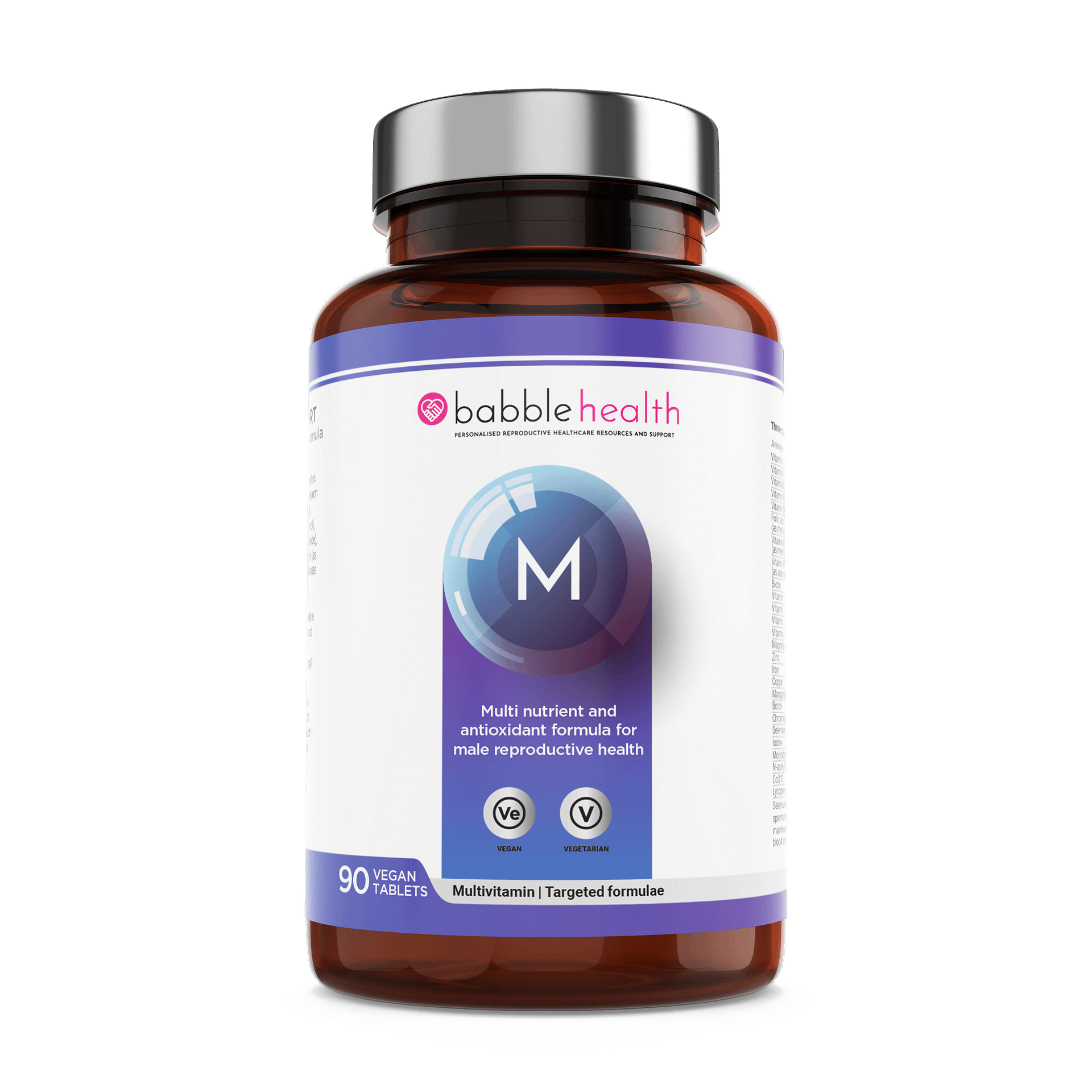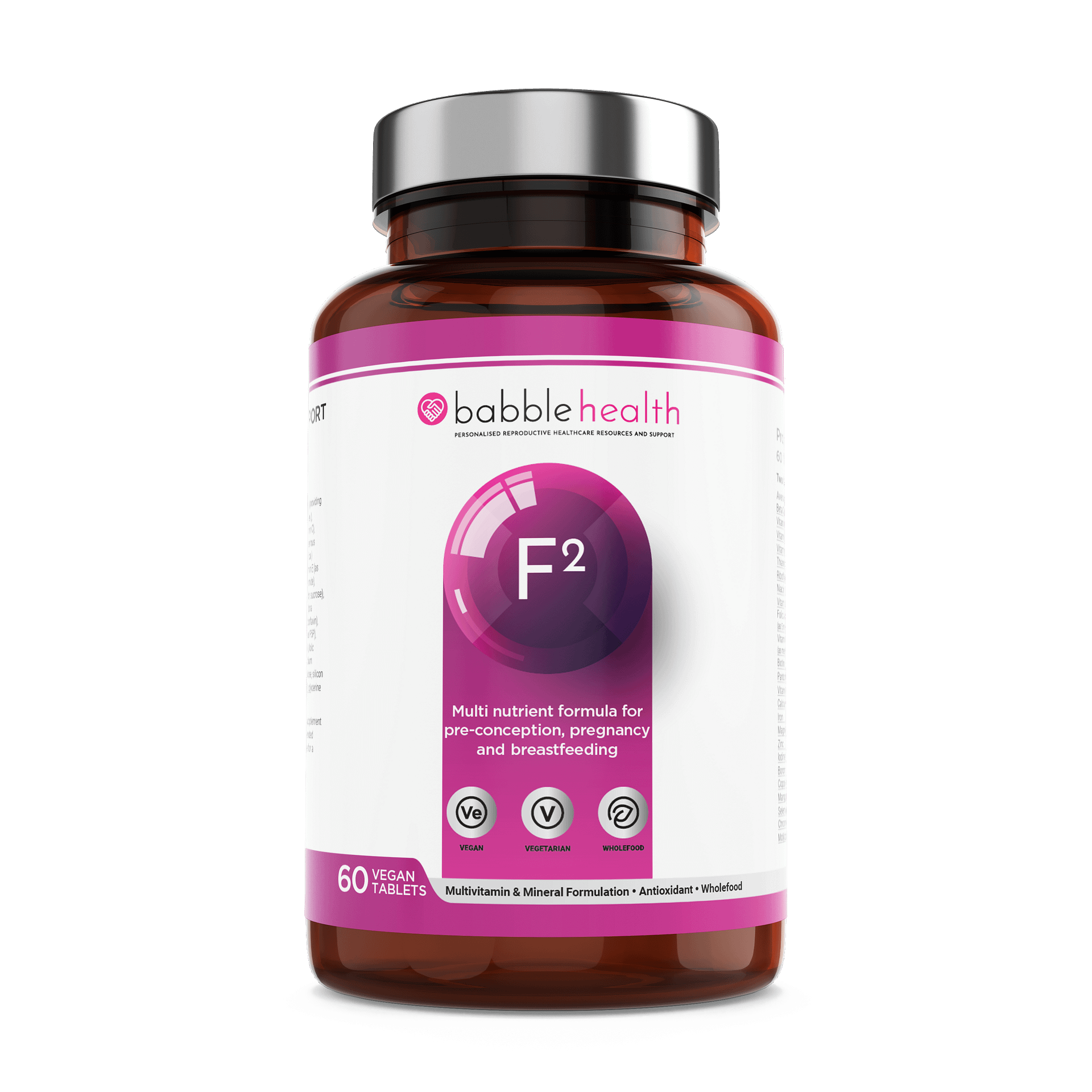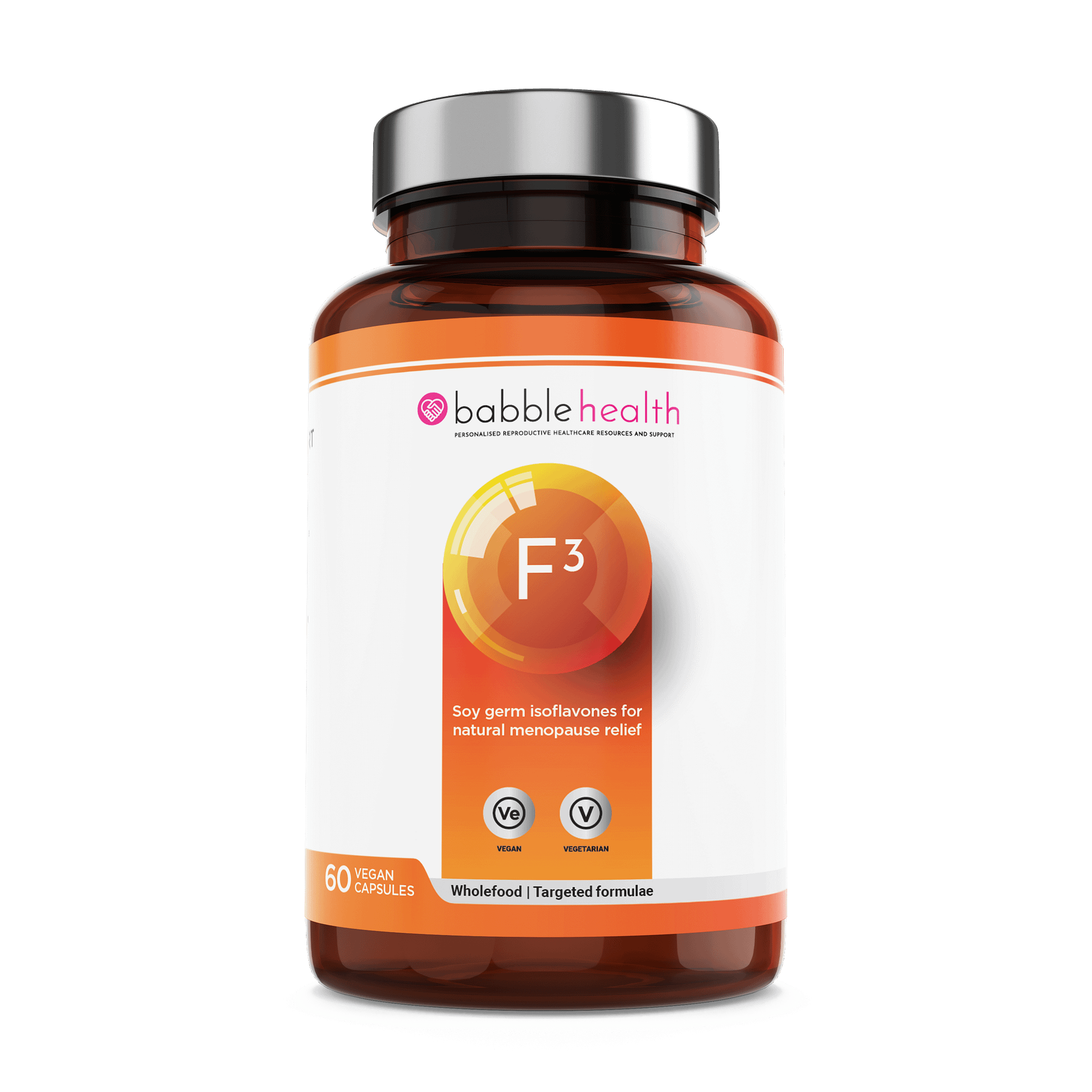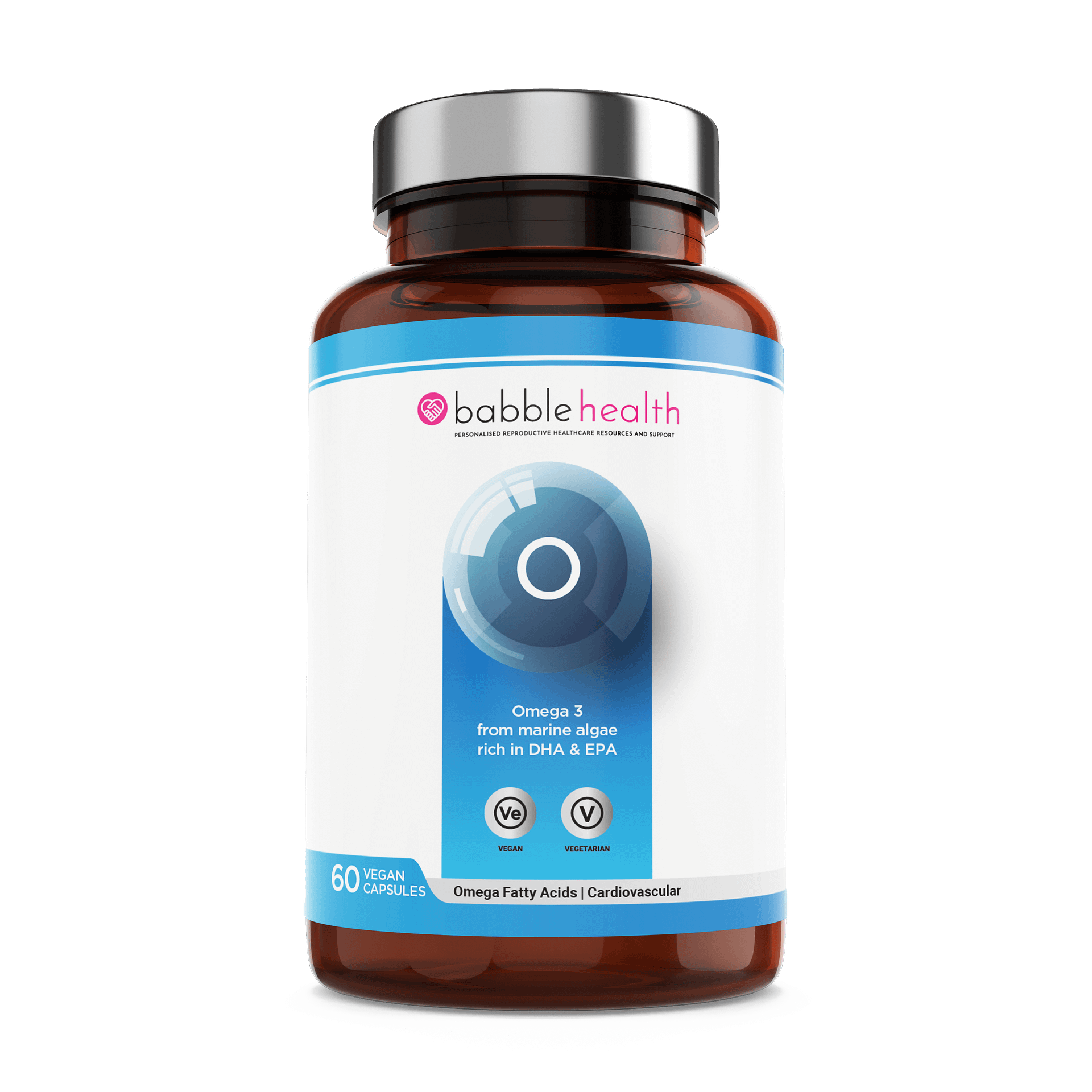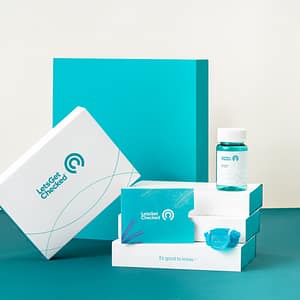By Sue Bedford MSc Nutritional Therapy
Folate (vitamin B9) is a very important vitamin, for many reasons. It is involved with DNA methylation (a process related to gene expression), supports red blood cell formation and is important in regulating homocysteine levels in the blood. Vitamin B9 is an essential nutrient that supports neural tube development during pregnancy Not having enough vitamin B9 can also affect energy levels and mood.
Folate and folic acid are two different forms of vitamin B9 and the words/names are often used interchangeably so that most people assume they are the same. So how are they different?
What is folate?
Folate is the naturally occurring form of vitamin B9. Folate is a group of chemically complicated substances that supply the body with chemically simple methyl groups. The body needs folates but can’t make them from scratch and therefore must obtain them from food or dietary supplements. Folate is vital at every life stage, from early development in the womb, through birth and all the way through adulthood. But for many people lifestyle factors, certain medications or common gene mutations deplete their folate stores.
The folate vitamin group is most active when converted into an active form known as Methyl-folate. Unlike folic acid, Methyl-Folate, when consumed, does not have to be converted into active folate—being already the body’s most active folate form, it can be immediately used by our folate enzyme systems. One of the most common human gene mutations is in the enzyme MTHFR (Methylene Tetrahydrofolate Reductase), whose function is to produce Methyl-folate. It is important for people who carry this gene mutation to ensure that they are taking adequate amounts of Methyl- folate into their bodies.
Some health benefits of Methyl-folate:
- Promotes healthy pregnancy and birth outcomes- reduces the chances of neural tube defects
- Important in growth, repair and renewal of our cells, tissues and organs.
- Important for healthy mood, memory and other cognitive functions, and behavior.
- Promotes the brain’s healthy production of melatonin, our major sleep hormone.
- Helps in the regulation of homocysteine, a potentially toxic protein that can build up in the blood from metabolism.
It’s recommended that all women who could get pregnant should take a daily supplement of folic acid. You should take a 400 microgram supplement of folic acid every day ideally for at least 3 months before you hope to become pregnant (some people may need more depending on circumstances- this would be discussed with your G.P or Nutritional Therapist, and every day afterwards, up until you’re 12 weeks pregnant and then beyond too, as folate is important in both maternal health as well as infant health if breast feeding. Some supplement companies provide folic acid as Methylfolate – why not look out for them?
Which foods are good sources of folate?
Folate is the common form of vitamin B9 present in many whole foods, including leafy green vegetables (spinach and lettuce are good sources), asparagus, avocados, brussel sprouts, kidney beans, green beans eggs, citrus fruit, avocados, and lentils.
Many people do not get the amount of folate from food that they need due to how the food is prepared, chopped or cooked or cannot convert it efficiently in the gut, so it is often a good idea to supplement it.
What is folic acid?
Folic acid is a synthetic version of vitamin B9 that is added to processed foods and the common version used in many supplements. Folic acid has a molecular structure that is very similar to folate. Due to their close resemblance, folic acid and folate are widely considered to be the same but a big difference is that folic acid is poorly utilized by the body’s folate enzyme system. The body needs to use an enzyme to be able to convert folic acid into a version that can be used by the body and this enzyme’s conversion capacity is limited. Also, due to a genetic variation that affects up to one-third of women, folic acid might be more difficult to efficiently utilize.
Folate rich recipe idea
Salmon and folate rich greens
200g roasted salmon fillet, flaked
150g baby spinach leaves
1 bunch asparagus, ends trimmed
1 avocado
1 tablespoon olive oil
2 tablespoons lime juice
Seeds of your choice, to garnish
To make:
Place the asparagus in a pan of boiling water for 2 minutes. Drain, wash under cold water then drain once again. For the dressing, whisk together the olive oil and lime juice with a little seasoning in a bowl. Season with salt and pepper. Place the asparagus, salmon, spinach and avocado in a large bowl and pour over the dressing and sprinkle with the seeds.
Enjoy!

